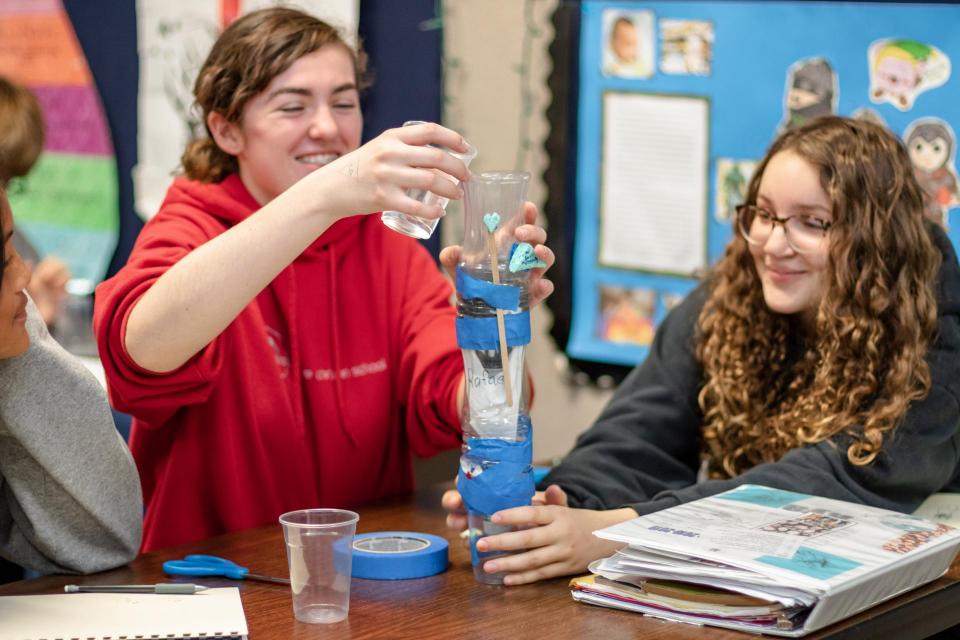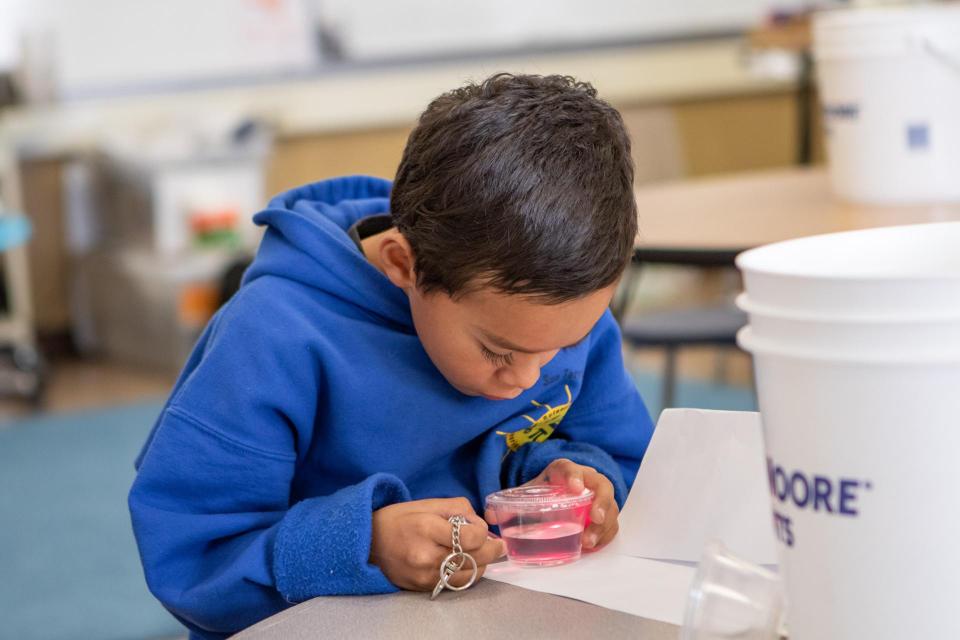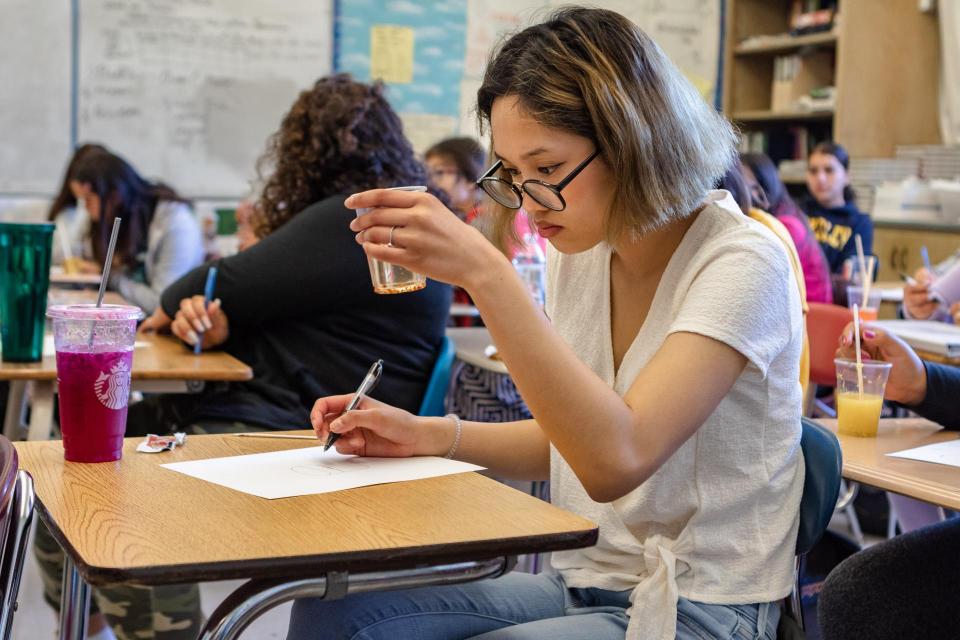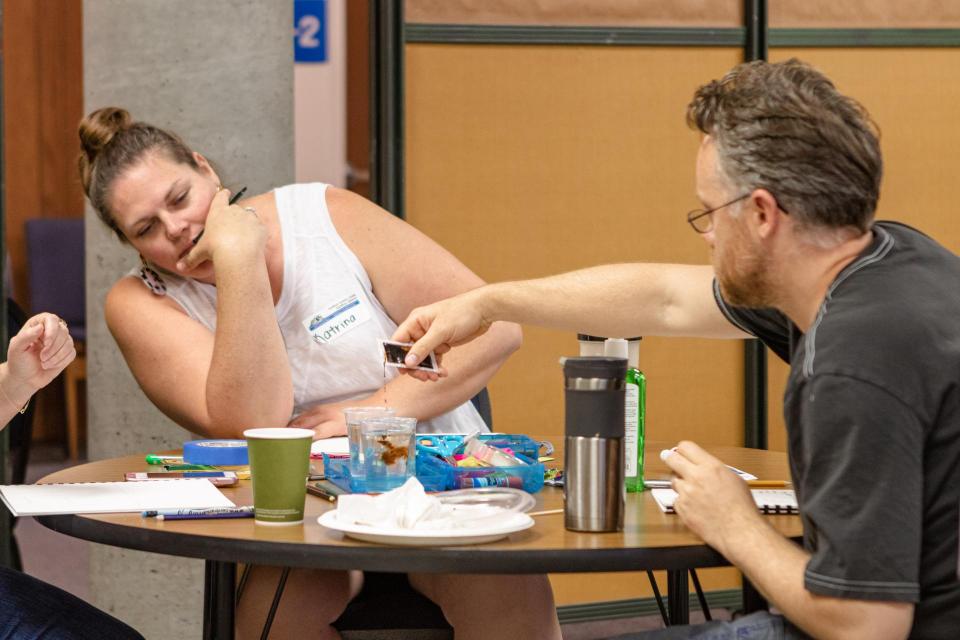Resource Recovery
Our Materials
Resource recovery is using wastes as input materials to create valuable new outputs. In its most realized from, resource recovery is part of a circular economy, in which the extraction of natural resources and generation of wastes are minimized, and materials and products are sustainably designed for durability, reuse, and recycling. Though more commonly associated with solid waste management, resource recovery also applies to wastewater systems.
Originally, wastewater systems were designed only to remove human waste from dense urban areas. Since the passage of the Clean Water Act in 1972, there has been an increasing focus on treating wastewater in order to protect the environment. This has led in turn to an increased focus on recovering resources from the treatment process for reuse within the system and by consumers. This resource recovery typically takes three forms: water, energy, and solids.
Here at Central San, we recycle our treated wastewater so that it can be used across our engineering processes. We also provide recycled water to our customers for landscape irrigation, golf courses, and home gardening. We capture energy from our boilers and convert it to oxygen for our aeration tanks for biological treatment. We also capture energy in the form of methane from local landfills to power parts of our treatment plant. The solid ash from our incineration processes is given new life as a building material and fertilizer supplement. This reuse of water, energy, and solids allows us to dramatically lower our operational costs and our impact on the environment.
Central San’s education programs seek not only to teach students about how our system functions but also to inform and empower students with the principles of resource recovery. Some things can be taught; others are best exemplified. Thus, we use reuse materials and supplies across all of our programs in order to support students with rich, hands-on science education.
What does this look like? It includes reusing biotech supplies such as beakers, test tubes, and racks. It’s reusing supply containers such as candy tins, small vials, and tea canisters. It’s reusing paper materials, such as notepads, sentence strips, and banker’s boxes. We seek out these supplies from our own systems, local reuse nonprofits, and the household consumption habitats of our employees and partners.
There are several reasons why reuse materials are incorporated across our education programs. One, we want to reduce our overall waste. As stewards of a system at the receiving end of one waste stream, we are sensitive to the needs of all waste streams. By using reuse materials, we are keeping unnecessary solid waste from clogging our local landfills, and we are giving new life to perfectly usable materials.
Two, by designing our programs around reuse items, we are able to set an example that others might follow. This helps us to be a better model of what resource recovery looks like in action.
Three, one of our main goals is teacher empowerment. Hands-on classroom science can be intimidating for teachers. It takes planning, creativity, and typically lots of materials and supplies in order to do well. By exemplifying how we can use common items all of us regularly use and discard, we seek to empower teachers with ideas for creating rich science classrooms without specialty equipment. From disposable drinking cups to single use condiment containers, everyday items can be used to do meaningful, student-centered science.
Four, through resource recovery we dramatically lower the overall costs of our programs, allowing us to reach more schools, teachers, and students. By designing learning activities around everyday items, we help lower supply costs for teachers, schools, and districts
Central San is proud to be a leader in both wastewater education and bringing the concept of resource recovery alive for each and every one of our students and teachers!




